Introduction
Are Parakeets Easy To Take Care Of: Parakeets, often referred to as budgerigars or simply “budgies,” have long captured the hearts of bird enthusiasts and pet lovers alike. These small, colorful parrots are known for their vibrant plumage, charming personalities, and delightful chirps that can brighten up any room. The short answer is yes, parakeets are generally considered one of the more manageable parrot species to care for as pets. Their relatively small size, easygoing nature, and adaptability make them an excellent choice for both novice and experienced bird owners. However, the ease of caring for a parakeets cage depends on your commitment to the proper environment, nutrition, and social interaction these intelligent birds need.
First and foremost, creating a suitable living space is crucial for your parakeet’s well-being. A spacious cage with horizontal bars for climbing and plenty of toys for mental stimulation is a must. Parakeets are active birds that require room to fly and play, so make sure the cage is large enough to accommodate their energetic nature. Diet is another critical aspect of parakeet care. These birds have specific nutritional needs, which primarily consist of a high-quality pellet diet supplemented with fresh fruits, vegetables, and the occasional treat. Clean, fresh water is essential to keep your parakeet hydrated and healthy.
Social interaction is where the real joy of parakeet ownership shines through. Parakeets are highly social creatures that thrive on human interaction and the companionship of other parakeets. If you plan to keep a single parakeet, you’ll need to dedicate time each day to bonding and playing with your feathered friend. Alternatively, you can consider getting a pair of parakeets to keep each other company. We’ll explore their housing needs, dietary requirements, social behaviors, and more to ensure that you can confidently. So, let’s embark on this avian adventure and learn how to best care for your colorful companions.
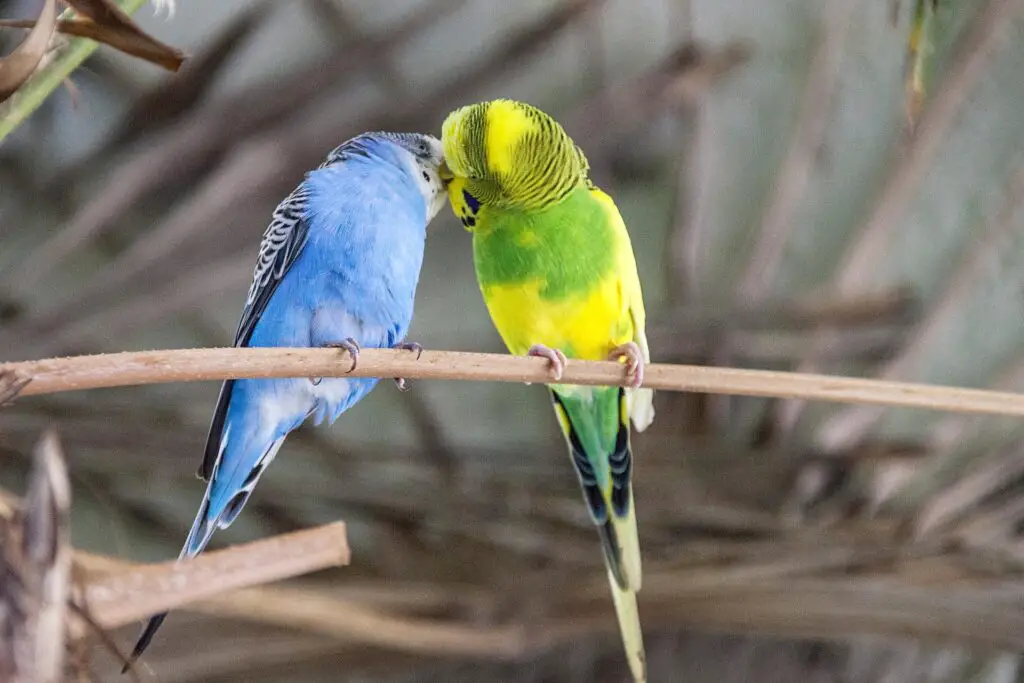
Are parakeets good beginner birds?
Budgies (also referred to as parakeets or budgerigars) are well known to be exceptionally warm, friendly, and gentle when properly cared for and trained. These wonderful birds are among the smallest species kept as pets, are easy to care for and if you get one when they are young, they are easy to train too!
Parakeets are relatively small birds, making them easier to handle and house compared to larger parrot species. Their compact size means they don’t require as much space, which is a practical consideration for beginners who may have limited living space. Parakeets are often more budget-friendly than larger parrots.
Their initial purchase cost is lower, and ongoing expenses for food, toys, and healthcare are generally more manageable for those just starting out with birds. Parakeets are known for their adaptability and low-maintenance care requirements.
They don’t demand the same level of attention and social interaction as some other bird species, making them a good choice for people with busy lifestyles. Parakeets are intelligent and can be trained to perform tricks and even talk. They are also relatively easy to tame, and with patience and consistent training, they can become affectionate and interactive pets.
Is a parakeet a good pet?
The parakeet has become a popular pet due to its often striking colors and ease of taming. Parakeets are very social birds and prefer to be kept in pairs or small groups. The genders in a group or pair can be mixed. If you don’t want to breed your birds, it’s suggested to keep them in groups of the same gender.
Parakeets are known for their friendly and sociable nature. They are often quite approachable and can form strong bonds with their human caregivers. Many parakeets enjoy interacting with their owners, perching on shoulders, and even mimicking words and sounds. While they are more independent than some other parrot species, parakeets still require social interaction and mental stimulation. Loneliness can lead to behavioral issues, so it’s essential to spend time with your parakeet daily.
Parakeets are relatively low-maintenance pets compared to larger parrot species. They don’t require as much attention or social interaction, making them suitable for individuals or families with busy schedules. Parakeets are budget-friendly pets. Their initial purchase cost is reasonable, and ongoing expenses for food, toys, and healthcare are generally affordable, especially when compared to larger parrot species.
Parakeets are small birds, which means they don’t need as much living space as larger parrots. They can thrive in a well-furnished cage that fits comfortably in most homes. Parakeets are intelligent and can be trained to perform tricks, and some even learn to talk. Their ability to learn new behaviors can make them an engaging and interactive to your household.
Are parakeets noisy?
Parakeets are noisy birds when it comes to whistles, talking, and daily chitter-chatter. Screaming on the other hand, is not a typical behavior of parakeets. Some parakeets might let out a light scream once in a while, but if you hear what sounds like a genuine scream from your bird, there might be something wrong.
Parakeets are naturally social birds and communicate with each other through a variety of vocalizations, including chirps, whistles, and squawks. These sounds are a normal part of their behavior and serve as a means of social interaction and expression. Parakeets are often cheerful and playful, especially when they are happy and comfortable in their environment. They may engage in lively chatter and sing melodious tunes. Many parakeet owners find these sounds endearing and enjoy them as a form of entertainment.
Parakeets are renowned for their ability to mimic sounds, including human speech and other noises in their environment. Some parakeets can learn to say words or phrases, which can be amusing and engaging for their owners. However, this mimicry can also include imitating household noises like phones ringing or microwaves beeping. Parakeets are most active during the daytime, so you can expect more vocalizations during these hours. They tend to become quieter in the evening when it’s time to rest.
It’s parakeets, like people, have unique personalities. Some parakeets are naturally more vocal and outgoing, while others are quieter and more reserved. The level of noise your parakeet makes can vary greatly depending on its individual disposition. The noise level of your parakeet can also be influenced by its environment. If your bird is kept in a quiet and peaceful space, it may be less inclined to make loud noises. Conversely, if it is in a busy and noisy area, it may try to compete with or mimic the surrounding sounds.
How often do parakeets poop?
A healthy parakeet will poop every 5 to 10 minutes (6-12 times an hour). Again, this aspect depends heavily on the subspecies of parakeet that you own. Small birds poop more often than adult parakeets. Budgies, for instance, poop every 12 to 15 minutes, for a total of 40-50 times a day.
Parakeets tend to poop quite frequently, typically every 15 to 20 minutes during the daytime hours. This high frequency is a natural part of their digestive process, as birds have a rapid metabolism. It helps them efficiently process their food and eliminate waste. Parakeets tend to be less active at night, and their metabolic rate decreases during sleep. As a result, they usually don’t poop as frequently during the nighttime hours. This can be helpful for both you and your pet, as it allows for a quieter and less disruptive environment during the night.
The frequency and consistency of a parakeet’s droppings can be influenced by its diet. A balanced and healthy diet that includes high-quality pellets, fresh fruits, and vegetables is likely to result in well-formed droppings. On the other hand, an imbalanced or unhealthy diet may lead to looser or more frequent stools. Parakeets are sensitive to their surroundings and can be affected by stress. Changes in their environment, such as the introduction of new pets, loud noises, or disruptions to their routine, can lead to more frequent pooping as a stress response.
Some parakeet owners have observed slight variations in their bird’s pooping habits based on the seasons. This can be related to factors like temperature and light exposure. Parakeet droppings consist of three components: solid feces, urine, and urates (a chalky substance). These three components combine to form the familiar white and greenish-brown or black droppings you see in their cage.
Do parakeets need baths?
Birds should be encouraged to bathe often, as their feathers and skin will look healthier if they bathe frequently. Start by offering a bath to your bird once or twice weekly. You may notice that your bird has a preference about the time of day it likes to bathe.
Bathing is crucial for maintaining healthy feathers. Regular baths help remove dust, dirt, and excess oil from the feathers, which can accumulate over time. Clean feathers are essential for flight, insulation, and protection from the elements. Bathing also helps parakeets regulate their body temperature. When they wet their feathers, the evaporation process helps cool them down, particularly during hot weather.
Parakeets may drink water during their baths, which can contribute to their overall hydration. Adequate hydration is essential for their health and well-being. Bathing mental and physical stimulation for parakeets. It’s an enjoyable and natural activity that can reduce boredom and stress, particularly in captive birds.
During molting, when parakeets shed and replace old feathers, bathing can be especially beneficial. It helps ease discomfort by softening the feather shafts and facilitating the removal of old feathers. Parakeets can be bathed in various ways to suit their preferences. Some may enjoy a shallow dish of water placed in their cage, while others might prefer a spray mist. You can experiment with different methods to determine what your parakeet prefers.
Are 2 parakeets better than 1?
As a general rule, a pair of parakeets will be happier than a single bird. All your bird needs is a companion – which means another bird, or you – and it will be content. If you only keep one bird, you will need to be its friend and companion. This means spending lots of time with the parakeet every day.
Potential Bonding Challenges: If you want to form a strong, personal bond with your parakeet, keeping two birds might make it more challenging. They may become more focused on each other than on you.
Consider Your Time: If you can spend significant time with a single parakeet, they can still thrive and bond with you. However, if your schedule is limited, two parakeets can each other with companionship.
Less Human Dependency: With a companion, parakeets are less likely to become overly dependent on human interaction. This can be beneficial if you have a busy schedule or cannot constant companionship.
Social Goals: If you prioritize forming a close bond with your pet and are prepared to ample interaction and stimulation, one parakeet might be a better choice. If you want to enjoy the dynamic of a pair and are willing to invest time in their socialization, two can be a rewarding choice.
Can I touch a parakeet?
Your bird should be a part of your family and you should spend some one-on-one time with him every day, but that doesn’t necessarily mean holding and stroking the bird. Some birds just don’t like human hands on them; they love to hang out and play with their people, but prefer not to be physically touched.
Building trust with your parakeet is a crucial first step if you want to touch or handle them. Parakeets are naturally cautious creatures, and they need time to become comfortable with human interaction. It’s essential to be patient and take the time to earn their trust. Hand taming is a process where you gradually get your parakeet used to your presence and your hand. This involves moving slowly, offering treats, and allowing the bird to become accustomed to your hand being near them without any sudden movements.
Start by allowing your parakeet to approach your hand on its terms. Extend your hand, palm down, and let them investigate at their own pace. Avoid sudden movements or trying to grab them. Allow them to get used to the sensation of your hand near them. Parakeets are often motivated by food. Use millet spray or other small treats to entice your bird to approach your hand. Over time, they may become comfortable perching on your hand to access the treats.
Use positive reinforcement by offering praise and treats when your parakeet makes progress. This helps create a positive association with your hand. Once your parakeet is comfortable with your hand, you can attempt gentle handling. Approach from the side and offer your finger as a perch. Allow them to step onto your finger at their own pace. Be gentle and avoid squeezing or gripping the bird.
Do parakeets get aggressive?
Parakeets are rarely aggressive by nature: their burst of temper will come and go quickly. They may fight over food, and will often clash briefly over friends, toys or territory; but all of this is normal in parakeet society.
Socialization: Spend time socializing with your parakeet daily to build trust and create a strong bond. Gentle handling, talking to them, and offering treats can help establish a positive relationship.
Identify Triggers: Pay attention to your parakeet’s behavior to identify specific triggers for aggression. Remove or mitigate these triggers when possible. For example, if your parakeet becomes aggressive during cleaning, consider moving them to a safe area during that time.
Consistent Routine: Parakeets thrive on routine. Ensure they have a consistent daily schedule for feeding, playtime, and sleep. If you notice sudden or severe changes in behavior, consult with an avian veterinarian to rule out any underlying health issues that may be causing aggression.
Mating Prevention: If you have multiple parakeets and want to prevent breeding behaviors that can lead to aggression, avoid nesting boxes and remove anything that might encourage nesting behavior.
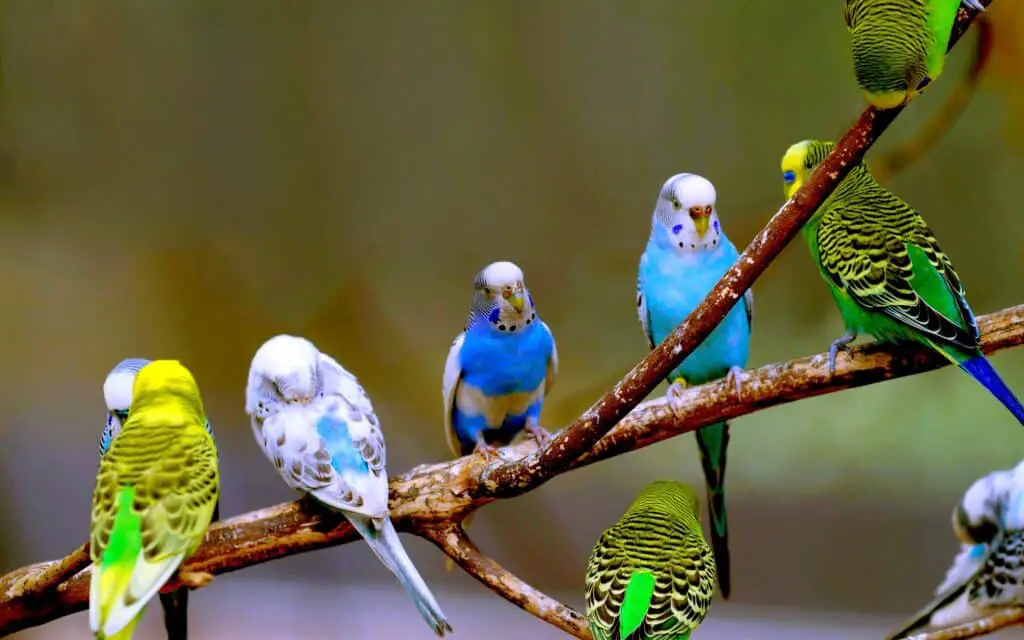
Conclusion
Parakeets are easy to take care of and can be answered with a resounding that you are committed to meeting their specific needs and investing time and effort in their well-being. Parakeets, with their vibrant plumage and charming personalities, can make wonderful companions for bird enthusiasts and pet lovers alike. Let’s recap some key points to consider when caring for these delightful feathered friends. First and foremost, the proper living environment is crucial. A spacious cage with room for flying and engaging toys will keep your parakeet physically and mentally stimulated. Ensuring their cage is clean and safe is essential for their health and happiness.
Diet plays a significant role in parakeet care. A balanced diet of high-quality pellets, fresh fruits, and vegetables, along with clean water, is essential for their nutrition. Proper parakeet feeding nutrition helps prevent health issues and promotes a long, happy life for your parakeet. Social interaction is a key component of caring for parakeets. These social birds thrive on human companionship and, if kept singly, require daily interaction and mental stimulation to prevent loneliness and boredom. Consider getting a pair of parakeets to each other with company when you can’t be around.
A safe and stimulating environment is essential. Parakeets are curious and intelligent birds that enjoy exploring and playing. Regularly rotating their toys, adding new ones, and allowing them out-of-cage time to fly and stretch their wings will keep them happy and mentally engaged. Healthcare is another aspect of parakeet care that should not be overlooked. Regular check-ups with an avian veterinarian, along with diligent observation of their behavior and physical condition, can help catch any health issues early.

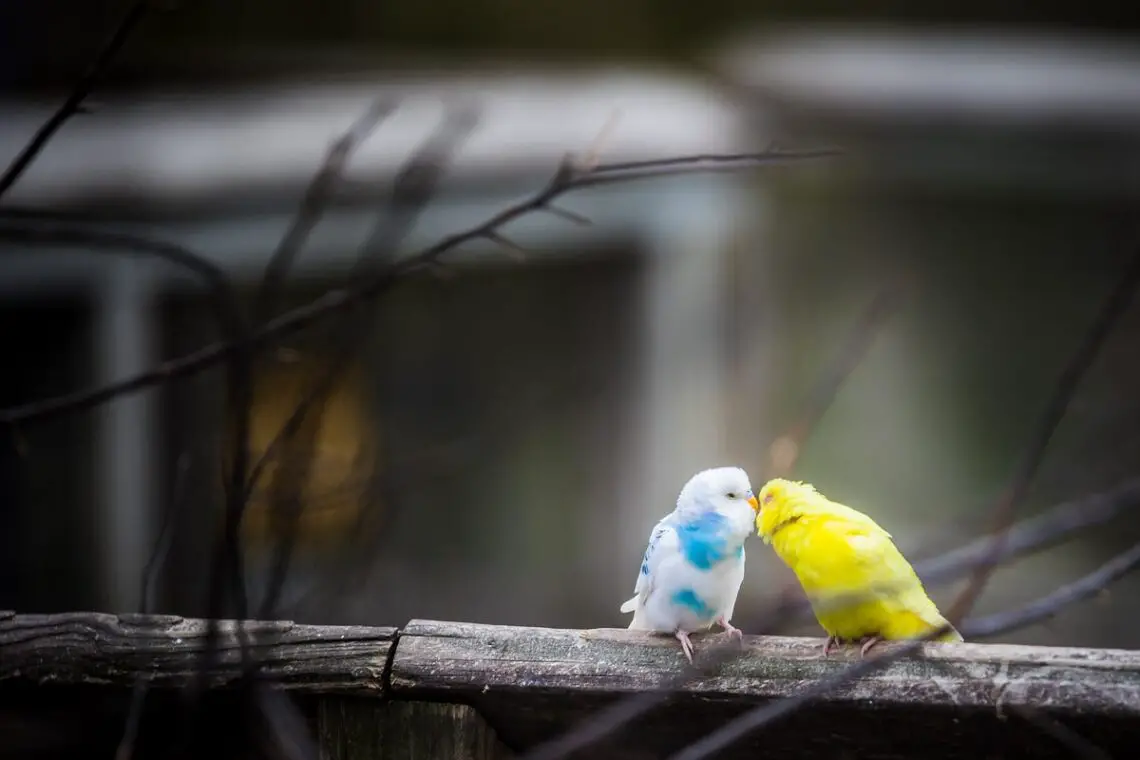
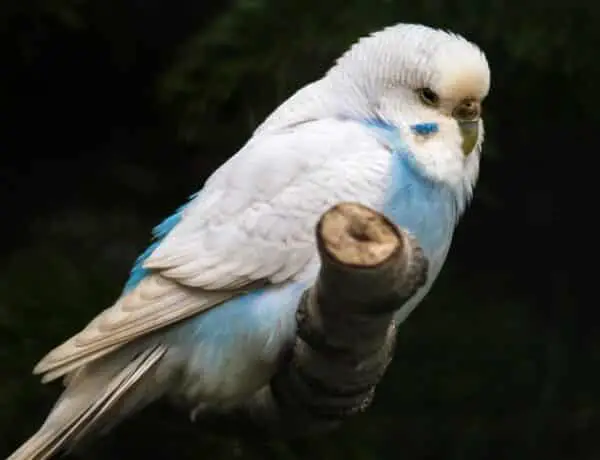
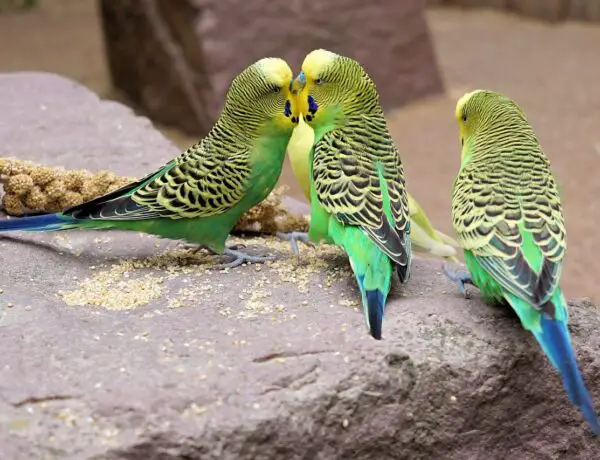
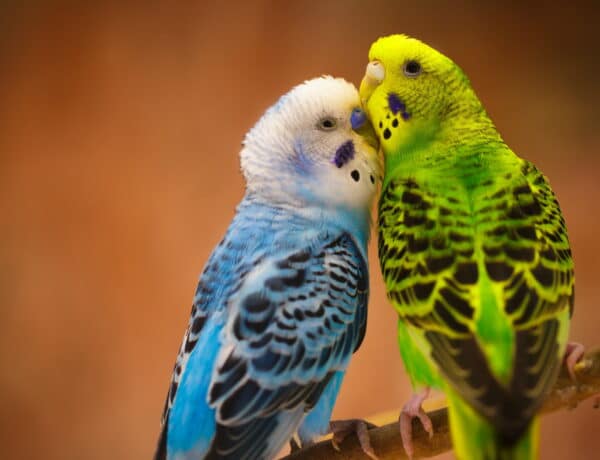
No Comments